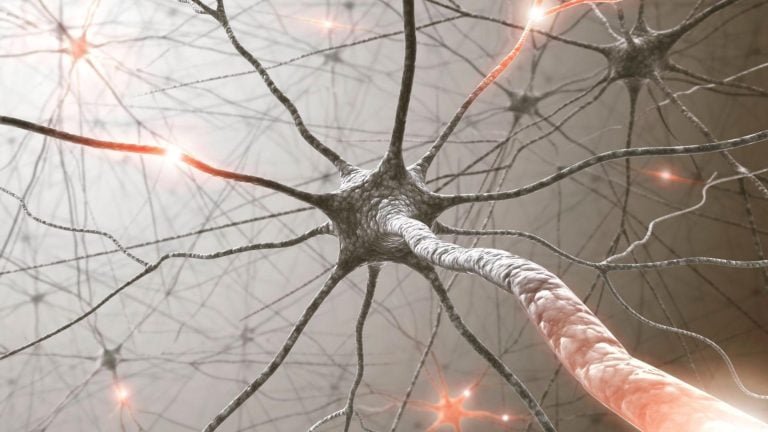A team of international scientists has made a groundbreaking discovery that sheds light on the evolutionary history of the ventral nerve cord, a crucial part of the central nervous system in animals. The study, published in Science Advances, reveals that the earliest ecdysozoans, a group that includes insects, nematodes, and priapulid worms, likely had a single ventral nerve cord.
The Evolutionary Puzzle
The ventral nerve cord is a complex structure that plays a vital role in the movement, sensation, and behavior of animals. However, its evolutionary origins have long been shrouded in mystery. Scientists have been puzzled by the fact that different groups of ecdysozoans exhibit distinct nervous system architectures. For example, priapulids have a single ventral nerve cord, while arthropods and some other groups have paired nerve cords.
Fossil Evidence from the Cambrian Period
To unravel this mystery, the research team analyzed exceptionally well-preserved fossils from key Cambrian deposits. These fossils, which date back to the early Cambrian period, around 541 million years ago, provide a rare glimpse into the nervous system architecture of ancient animals. The team found that the fossils of early ecdysozoans, such as priapulids and kinorhynchs, exhibit single ventral nerve cords.
Phylogenetic Analysis and Implications
The researchers used phylogenetic analysis to reconstruct the evolutionary history of the ventral nerve cord. Their results suggest that the common ancestor of all ecdysozoans likely had a single ventral nerve cord. The paired nerve cords observed in arthropods and some other groups likely evolved independently, representing derived traits.
Link Between Nerve Cord Evolution and Body Segmentation
The study also highlights a connection between the evolution of paired ventral nerve cords, ganglia, and body segmentation. The emergence of paired nerve cords likely facilitated greater coordination of movement, particularly in segmented animals. This finding underscores the importance of considering the fossil record in understanding the evolutionary history of complex structures like the nervous system.
Conclusion
This groundbreaking discovery enriches our understanding of ecdysozoan evolution and underscores the role of the fossil record in addressing key questions about early animal development. By linking nervous system structures to broader evolutionary trends, the study provides new insights into the complex history of life on Earth.

















